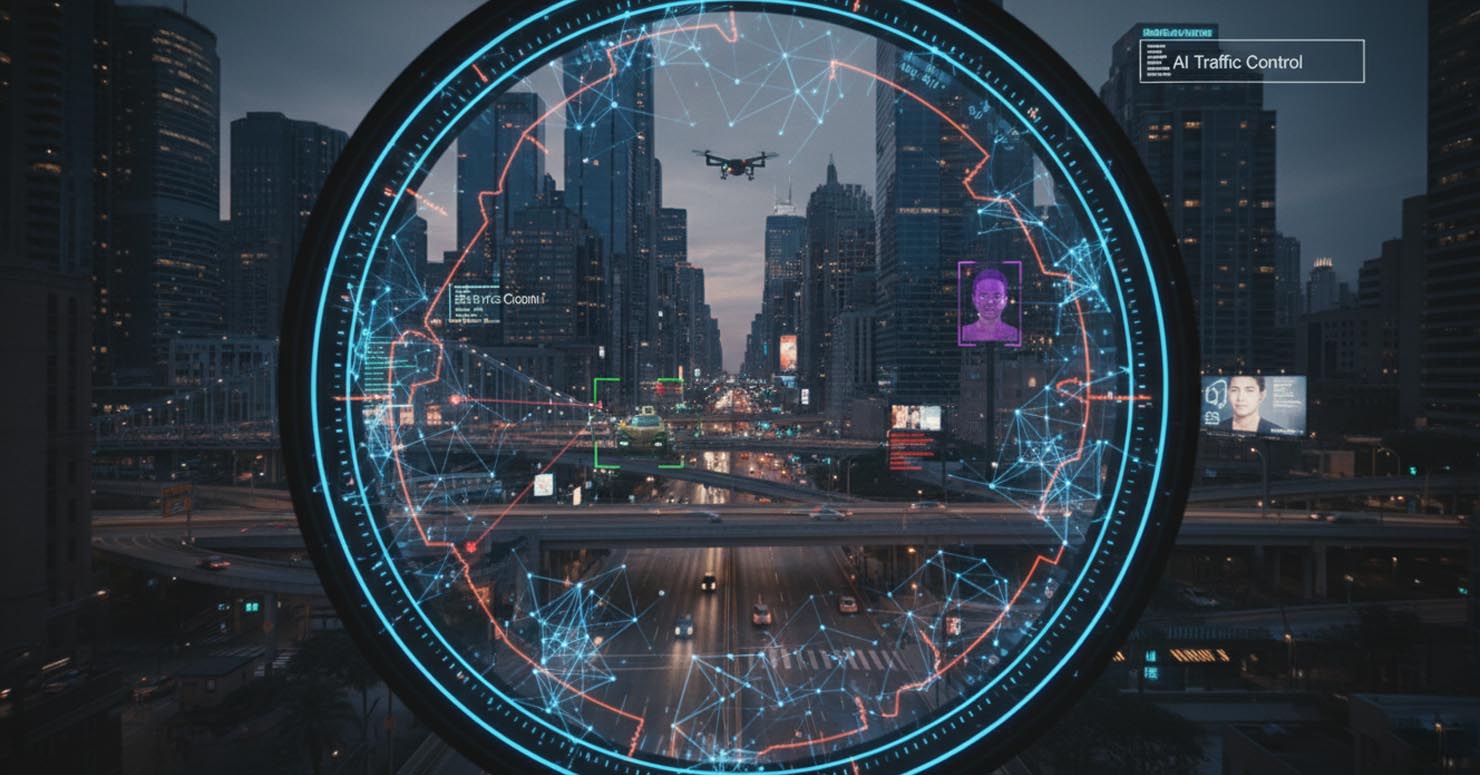Understanding what is computer vision is the key to knowing how modern AI “sees” the world. It’s the technology that answers questions like, “How does my phone know it’s me?” or “How can a car drive itself safely?” This fascinating field is the “eyes” of the digital world, allowing machines to interpret visual information just like humans do.
What is Computer Vision Explained
At its core, what is computer vision is a field of artificial intelligence that trains computers to capture, interpret, and understand the visual world. Using digital images from cameras and videos, along with deep learning models, machines can accurately identify and classify objects—and then react to what they “see.” It’s the science of making computers see.
This technology is a crucial part of the broader AI landscape, which you can explore in our Ultimate Guide to Artificial Intelligence.
How Does Computer Vision Work? (The 3 Key Steps)
While incredibly complex, the process of how computer vision works can be simplified into three main steps.
- Acquiring an Image: First, the system needs an input. This can be a photo, a video, or a live camera feed. This is the raw visual data that the AI will analyze.
- Processing the Image: This is where the magic happens. The system uses powerful algorithms, often built on deep learning models, to break down the image into pixels and identify patterns. It looks for edges, colors, shapes, and textures to start making sense of the visual data.
- Understanding the Image: Finally, the system interprets the processed information to identify and classify objects. It concludes what’s in the image—for example, “this is a car,” “this is a person,” or “this is a stop sign.”
Real-World Examples of Computer Vision
The examples of computer vision are all around us, integrated seamlessly into our daily lives.
- Facial Recognition: Unlocking your phone, tagging friends in photos on social media, and security surveillance systems all use computer vision to identify faces.
- Self-Driving Cars: Autonomous vehicles use a suite of cameras and sensors to “see” the road. Computer vision helps them identify pedestrians, other cars, traffic lights, and lane markings to navigate safely.
- Medical Imaging: In healthcare, computer vision AI helps doctors analyze X-rays, MRIs, and CT scans to detect tumors or other abnormalities more accurately and at an earlier stage.
- Retail Automation: Stores like Amazon Go use computer vision to track what shoppers take off the shelves, allowing for a checkout-free experience. As explained by industry leaders like Google AI, this technology is revolutionizing the retail industry.
The Eyes of Artificial Intelligence
Computer vision is a revolutionary technology that is fundamentally changing how we interact with the digital world. By giving machines the ability to see and understand, we are unlocking a new wave of innovation that will continue to shape our future. It truly is the “eyes” of AI.
Frequently Asked Questions (FAQ)
Is Computer Vision the same as image processing?
No, they are related but different. Image processing is about enhancing or manipulating an image (like changing brightness). Computer Vision is about a machine understanding the content of that image. Image processing is a tool that computer vision often uses.
How is Deep Learning used in Computer Vision?
Deep learning, specifically using deep neural networks, has revolutionized computer vision. These models can automatically learn to detect features from massive datasets of images, leading to incredibly high accuracy in tasks like object recognition and classification.
What is the future of Computer Vision?
The future is incredibly exciting. Expect to see advancements in areas like augmented reality (AR), more capable robotic assistants, and even more personalized shopping and healthcare experiences, all powered by the ever-improving “sight” of computer vision AI.
